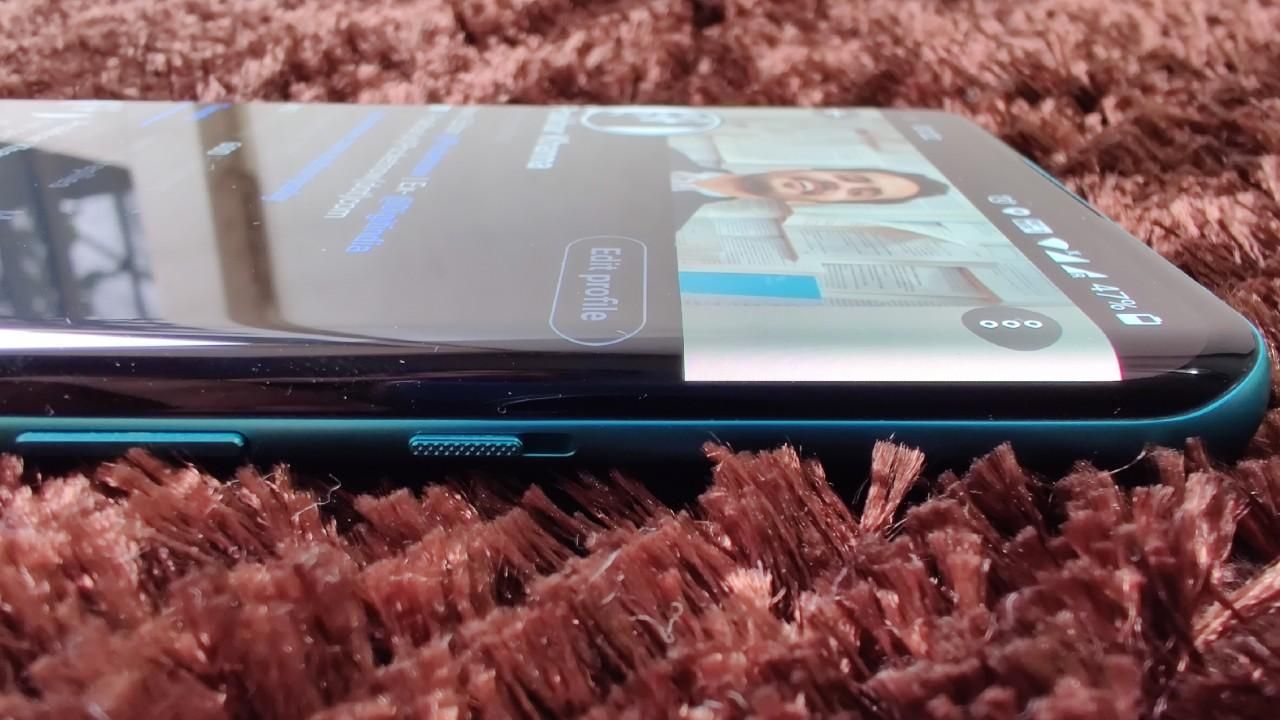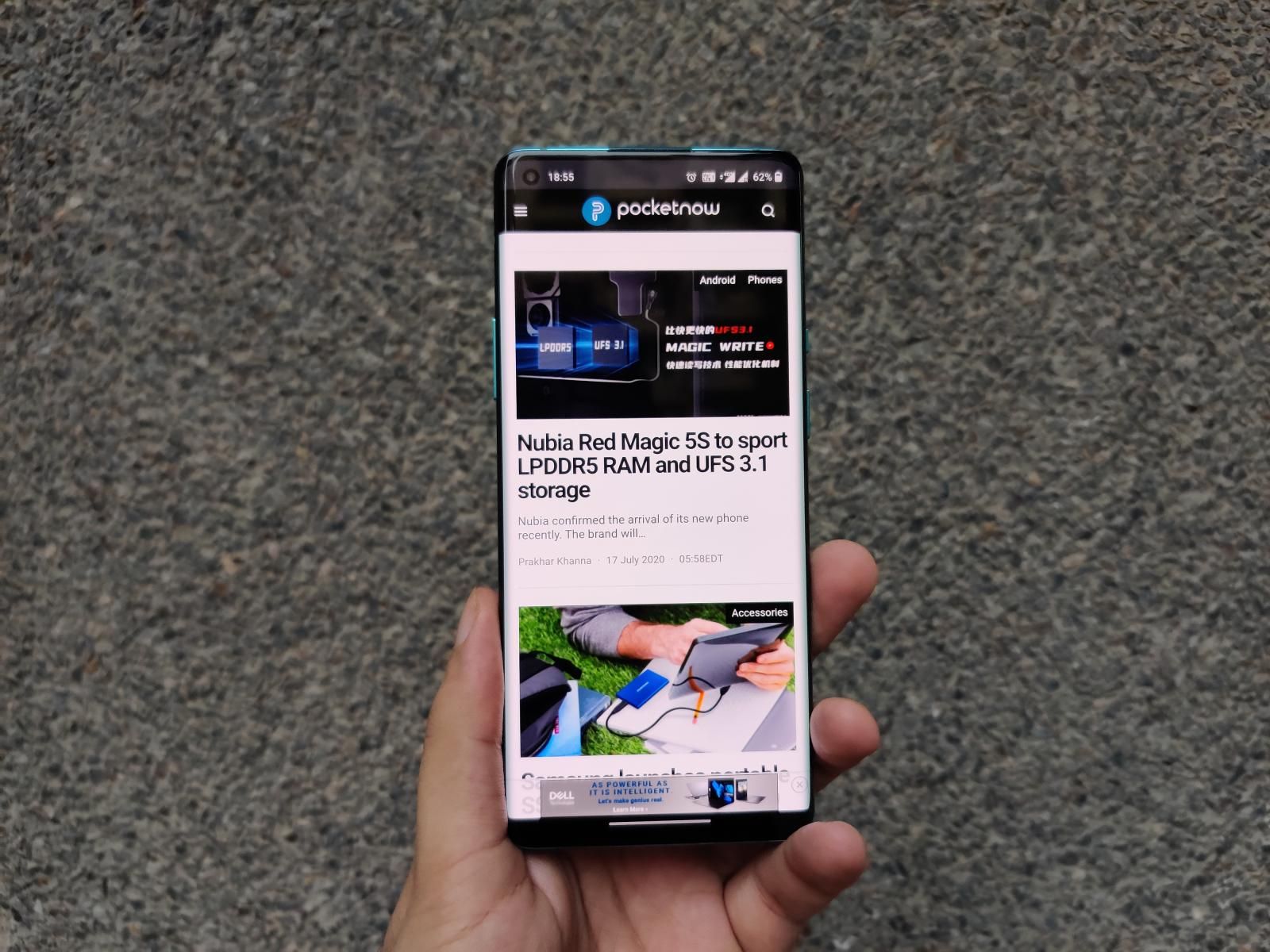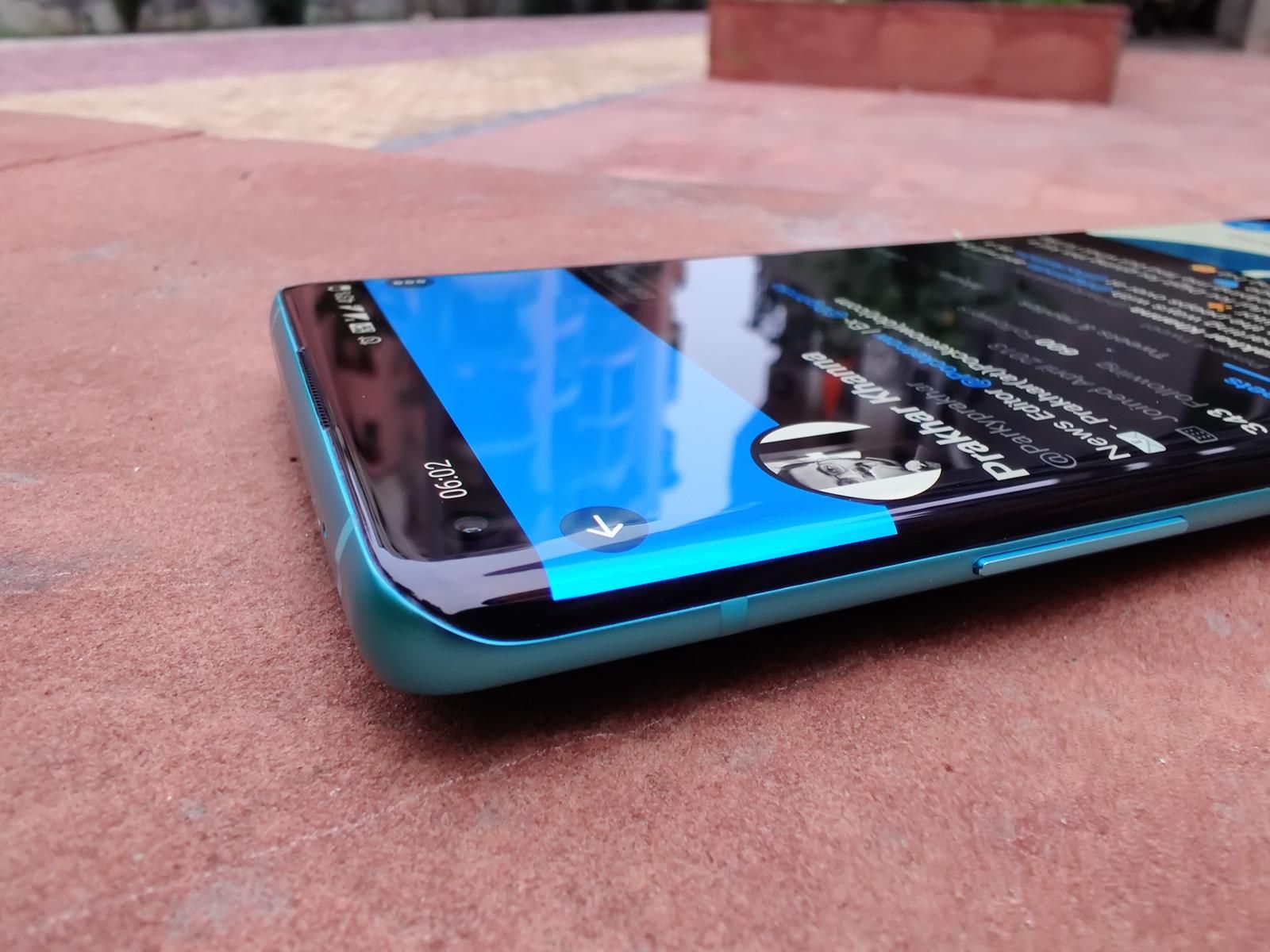I remember when the Galaxy Note Edge debuted back in 2014, it became the talk of the town. I read and watched every first impression and review of the device that year, which includes watching Pocketnow’s video on “Edge lessons” and going gaga over all the features the single curved display offered. Honestly, it was Michael Fisher (@TheMrMobile) and his presentation skills that made me fall in love with the edge functionality.
Back in school, and the geek I was, the Galaxy Note Edge remained my favorite device to talk about. The phone gave birth to Galaxy S6 Edge the following year. It featured a dual-curved display with expanded edge functionalities. It was exciting back then, looking forward to where the design might take us.
Five years later, and to my sheer disappointment, the tech hasn’t evolved much in terms of practicality and has so far remained an eye candy.
Now, I’m not saying that curved displays don’t offer benefits. I’m currently using the OnePlus 8 Pro as my daily driver. It sports a beautiful design and the dual-curved edges give it a premium feel. The ergonomics are good, and it feels thinner in hand than it actually is. The aesthetics of this display have grown on me. It is super-sleek – the curved edges create an illusion of a slimmer device. They minimize the bezels on the side of the phone, which I appreciate. But that is all.
The benefits of curved edges are limited to the looks of the device. Even the Note Edge with one curved edge had more practicality to it than the current curved displays. Now, Samsung does offer the “Edge panel” functionality but it is redundant in my opinion. The side-swipe menus can be implemented just as easily on regular screens.
The curved displays have more drawbacks than upsides. In fact, I feel edge displays gained a lot of attention for over half a decade, but no significant development to actually make them more practical happened. And this was just a missed opportunity that ended up taking a toll on the pocket of consumers.
Another key area where smartphone makers need to work is palm rejection. My colleague Nadeem used the Vivo Nex 3 for a while, and in his own words, the waterfall display bowled him over. The wavy animations during music playback and charging alongside the curved edges lend some practicality aspect to it, but that was just about it. “Sure, the phone turned a few heads, but I couldn’t really find any functional positives for the curved glass that almost wraps around the edges. Capacitive volume controls, the ability to launch certain apps by designating a particular region with tap or long-press gestures, or anything like that would’ve been a great addition, but alas, that wasn’t meant to be”.
The curved displays are more expensive to build than the flat ones. According to iFixit, they make repairs more expensive since they are more challenging to build and replace. Further, they are more fragile when compared to flat displays. Additionally, phones with curved displays are harder to get a grip on as the device is thinner at the edges. Hence, you are more likely to drop your premium phone and break its screen than a cheaper phone with a flat display.
If you want protection, you have to get a bulky and usually ugly case. But doesn’t it negate the only real advantage of curved displays – the looks? Moreover, cases make it harder to use any edge functionality. The phone aesthetics they offer are gone too.
The advantage of looks also disappears when you turn on the display. No matter the quality of the screen, there’s always slight color distortion along the curved edge of the display. Brighter the surrounding, more the two lines of reflections on both sides. It makes the display look as if something has gone wrong with it. Basically, you lose out parts of the display for the sake of looks.
Hence, the argument of paying more for the looks seems illogical to me since your phone is a device that you buy for its functionality and practicality. I wouldn’t like to pay more and get a display that’s easier to break and offers a poor experience in bright conditions. I’d prefer a practical design any day over a good-looking design.
And, by the looks of it, Samsung agrees here. The company went with a flat-screen design with its 2020 flagship Galaxy S20 series. I expect more OEMs to follow suit.
https://twitter.com/Parkyprakhar/status/1284031797999702016?ref_src=twsrc%5Etfw
Curved display aesthetics look good in pictures and promos, but when it comes to actually using it on a daily basis, you get to know that there’s hardly any benefit, if not more downsides.
Maybe I am wrong here, and there are many who won’t agree with me. So let’s discuss this in the comments section below. What do you think of curved edges? Do you agree or disagree with me?



